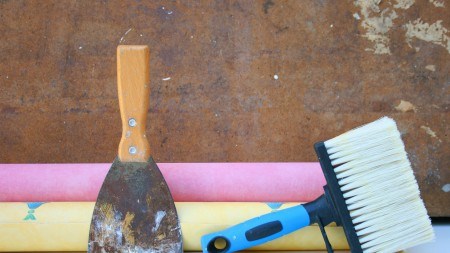Sellers are not the only ones who need to worry about updating their property. All homeowners ought to be updating certain features – some more regularly than others – to prevent having their home resemble a museum over time.
According to Adrian Goslett, Regional Director and CEO of RE/MAX of Southern Africa, homeowners can avoid having to spend large sums of money on updates just before they sell if they periodically update their property. “The rule of thumb is to update your home every five to ten years. This does not necessarily mean you have to undertake costly renovations that involve ripping out tiles and knocking down walls. Often just changing small features such as door handles and taps can have the desired effect,” Goslett explains.
Below, RE/MAX of Southern Africa explains how often homeowners ought to be updating certain household features:
Walls & Floors
This depends on your choice of wall colour and flooring. While timeless neutrals require less frequent updating, bold statement walls or flooring will need to be updated as trends change. However, in terms of general wear and tear, a fresh lick of paint every five to ten years can uplift the look of a space. Likewise, flooring ought to be regularly maintained; carpets ought to be professionally cleaned every so often, cracked tiles ought to be replaced, and wooden floors can be sanded down and refinished to get rid of stains, scuff marks, and other damages.
Again, this will depend on the fixtures and fittings you choose as well as your chosen design aesthetic. If you are going for old world charm and character, then you probably would not need to update these features unless you change the design of the space. However, if you are going for a modern, trendy space, then you will have to change things like taps, cupboard handles, and light fixtures roughly every five years or as trends change.
Often the easiest and most inexpensive way to update a space is to change the furniture and decorative items such as scatter cushions, curtains, and loose mats – all of which can be updated as and when trends change. To avoid having to replace costly pieces of furniture such as couches or dining room sets, try and purchase timeless items that are hard-wearing and will not look tattered over time.
“It is incredibly subjective to determine how often features within a home ought to be updated. The key to deciding what works for you is to ask whether the space looks tired and / or poorly maintained. Buyers can always change the décor of the home after they move in, but they will lower their offer if they feel that money would need to be spent to fix and / or update the space. If you are unsure whether your home needs updating, consult an experienced real estate advisor who can tell you if your home is ready to sell as is or if it needs some updating,” Goslett concludes.





